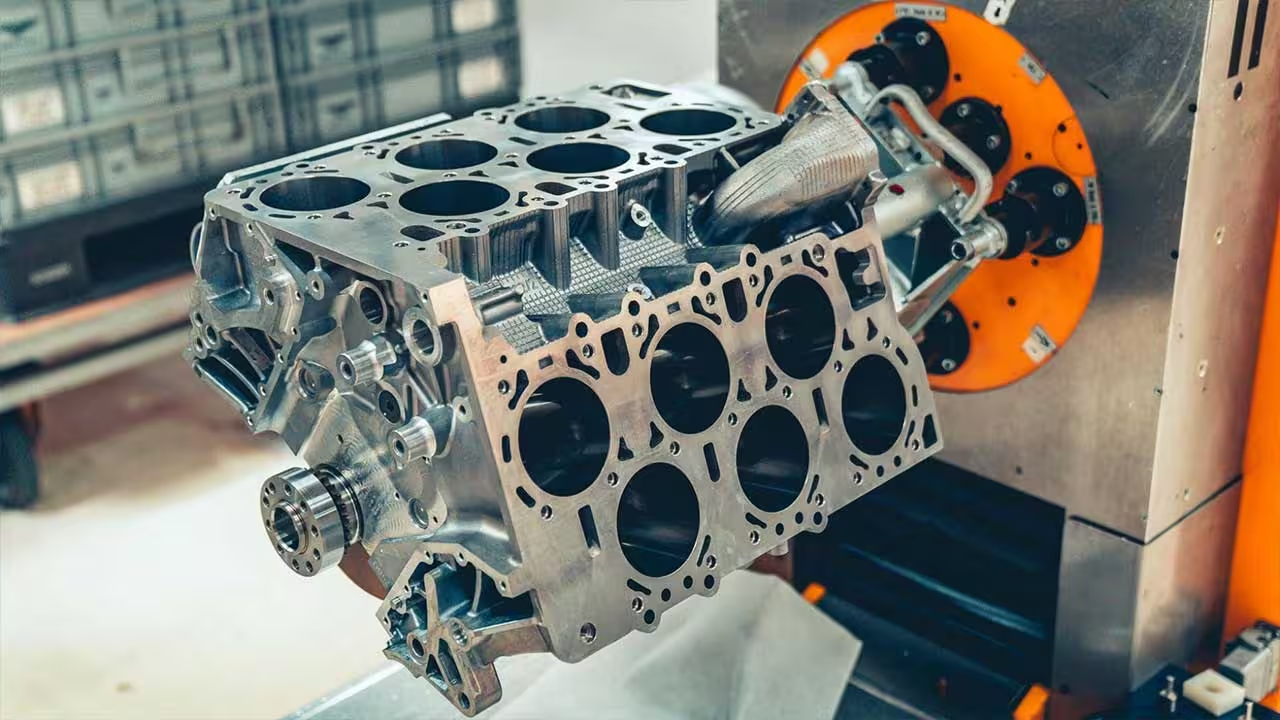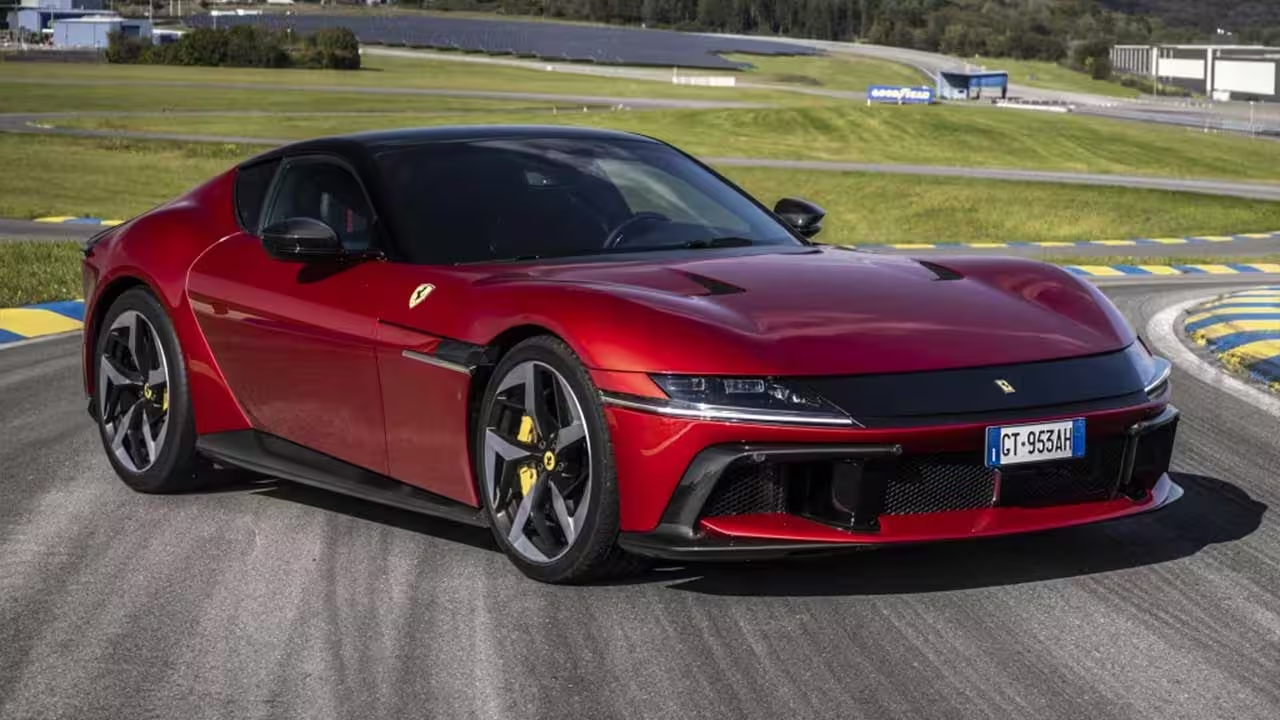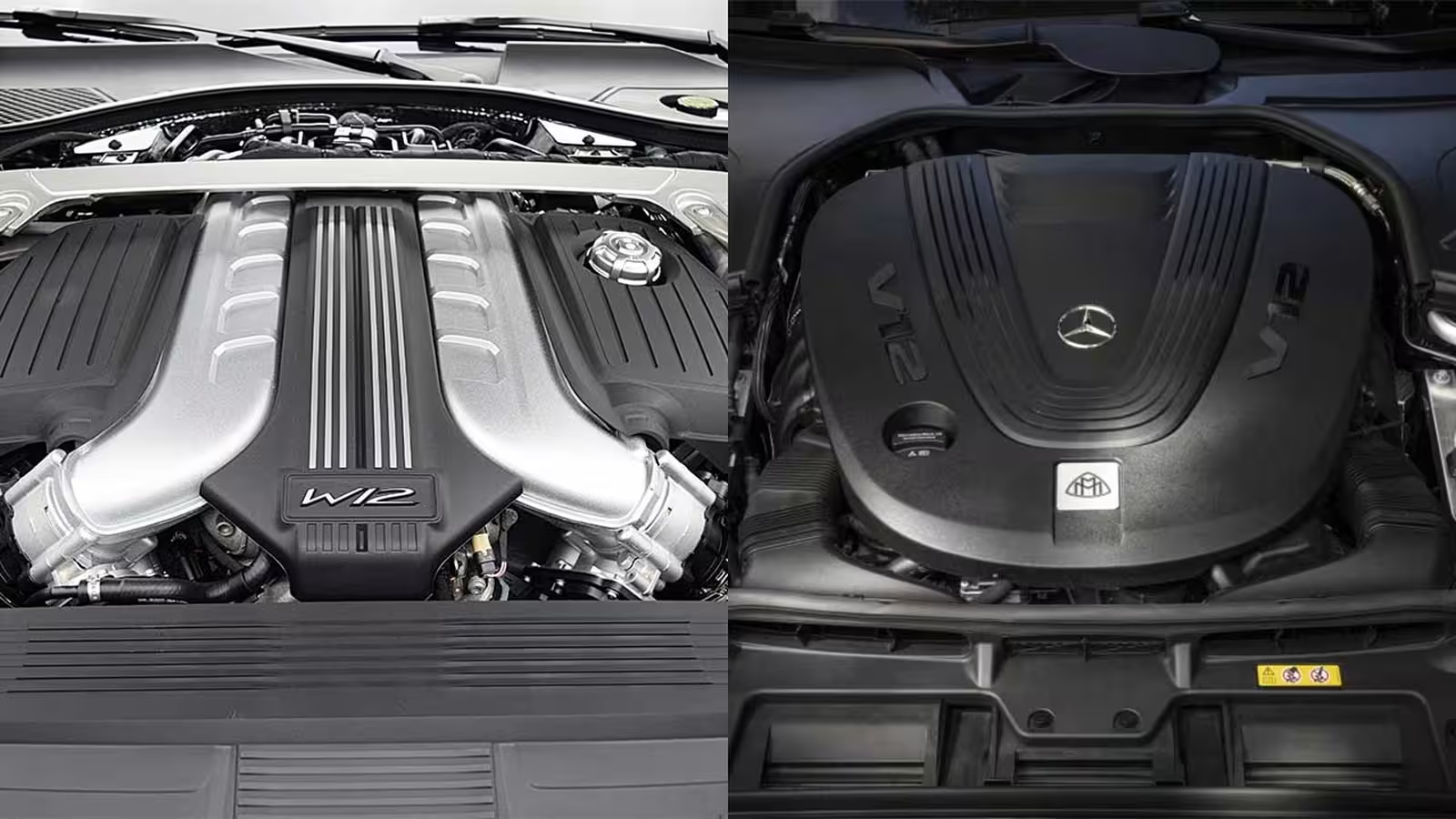6 Minutes
When it comes to the ultimate in automotive engineering, few things excite car enthusiasts more than the power, refinement, and soundtrack of 12-cylinder engines. Within this elite world, two layouts stand out: the V12 and the W12. Both deliver distinct advantages and iconic performance, but which 12-cylinder engine is truly better? In this comprehensive guide, we’ll compare V12 and W12 engines—their design philosophies, specifications, applications, performance profiles, and market impact—to help you decide which powerhouse is the top choice for luxury and performance vehicles.
Understanding the 12-Cylinder Engine: An Overview
Twelve-cylinder engines represent the pinnacle of internal combustion engineering. Designed for maximum power and smoothness, a typical 12-cylinder motor features twelve pistons working together via a shared crankshaft. Historically, adding more cylinders was the path to greater performance, resulting in these iconic, large-displacement engines. While some massive sixteen-cylinder units exist, the 12-cylinder layout endures as the gold standard for high-performance luxury and supercars, adored for their velvet-smooth delivery and unmistakable exhaust notes.
The W12 Engine: Sporting Innovation from Volkswagen Group
Origins and Evolution
Although W12 engines became synonymous with Volkswagen Group vehicles in the early 2000s, their history traces back to early 20th-century aviation and maritime use. The first W12 powered military aircraft in 1917, chosen for its compact size and lightweight advantages. By the 1930s, W12s helped land-speed racers like the Bluebird surpass 200 mph (322 km/h), courtesy of a massive 22.3-liter displacement.
Under Ferdinand Piëch, Volkswagen revived the W12 concept in the 1990s with concept projects. The breakthrough arrived in 2001 with the VW W12 Nardo, a concept car that shattered speed records at Nardò Ring by averaging over 323 km/h (200 mph) for 24 hours, covering 7,700 kilometers. This achievement catalyzed the W12’s integration into production models such as the Audi A8 (2001), and most notably Bentley’s portfolio, where the engine flourished until evolving emissions standards prompted its retirement by 2024.

Technical Design: How the W12 Works
The W12 engine is defined by its unique layout: instead of two banks like a V12, it uses four compact rows of three cylinders, forming a ‘W’ shape around a common crankshaft. Volkswagen’s W12 is essentially two narrow-angle VR6 engines fused together at a 72-degree angle. Each bank features a 15-degree offset—tighter than the 45 degrees commonly seen in traditional V6s—resulting in a short, space-efficient block. Each row requires only a single camshaft, so the entire W12 operates with just two overhead camshafts, further streamlining packaging and weight.
Advantages of the W12 Engine
- Compact Packaging: Thanks to its innovative architecture, the W12 is as short as a four-cylinder engine, allowing it to fit under the hoods of a wider range of luxury cars and grand tourers.
- Proven Durability: Drawing from the robust VR6, the W12 inherited excellent longevity and reliability, thriving in high-mileage Bentleys and executive sedans alike.
W12 Engine Disadvantages
- Maintenance Complexity: The tightly packed design makes repairs and routine service challenging, often requiring specialized knowledge and tools.
- High Upkeep Costs: Its intricate assembly increases both the cost and intricacy of upkeep and long-term maintenance.
Notable Cars with W12 Engines
The W12’s legacy is inseparable from the Volkswagen Group. Most famously, it powered Bentley’s Continental GT and Flying Spur models, offering top-tier performance and refinement. W12 engines also appeared in the Audi A8 flagship sedan and VW’s own Phaeton luxury sedan, highlighting the versatility of this engineering marvel.

The V12 Engine: Emblem of Performance, Smoothness, and Prestige
Historical Context and Adoption
The V12 engine boasts a longer legacy, originating in 1904 for race boats and making its automotive debut in 1913 at Brooklands on a nine-liter sporting car. The smoothness and balance of the V12 quickly attracted luxury automakers—the 1915 Packard Twin Six was a landmark in US automotive history. By the 1930s, the V12 was the ultimate status symbol among luxury sedans and coupes, though American manufacturers largely shifted to V8s post-WWII. European brands, however, continued to refine and innovate. Today, the V12 survives mainly in the uppermost echelon of luxury vehicles and supercars, challenged by ever-stricter emissions and manufacturing costs.
Engine Design and Function
A conventional V12 features two banks of six cylinders each, arranged at an angle (often 60 or 65 degrees) and providing unmatched balance. This design means that piston movements in one bank cancel out vibrations from the other—much like a pair of inline sixes joined together—creating an engine with nearly perfect natural balance and smoothness. Typically, a V12 does not require counterweights on the crankshaft, and at any given moment, three cylinders are powering the vehicle for nearly vibration-free performance.
V12 Engine Strengths
- Ultimate Smoothness: The V12’s balance and refinement make it the pinnacle of smoothness, ideal for Rolls-Royce, Aston Martin, and other high-end luxury marques.
- Thrilling Exhaust Note: The deep, symphonic sound of a V12 is adored by enthusiasts and distinguishes many supercars from their rivals.
V12 Engine Weaknesses
- Large Size: The V12 is significantly larger and heavier than most engines, limiting its application to only the largest or most exotic vehicles.
- Production and Operating Costs: Building a V12 means more parts, bigger block, and higher development costs, contributing to its exclusivity and premium price tag.
Famous Cars Equipped with V12 Engines
Throughout history, the V12 has powered some of the world’s most exclusive and high-performance vehicles. Current icons include the Lamborghini Revuelto, Ferrari 12Cilindri, Aston Martin Vanquish, and the Rolls-Royce Phantom—cars tailored to those who demand uncompromising power, luxury, and engineering heritage.

Performance and Specifications: W12 vs V12
While both engines deliver immense power and torque, their configurations influence performance dynamics and vehicle design. The W12’s compact dimensions make it suitable for a broader array of vehicles and allow for more flexible chassis packaging, all while delivering impressive straight-line speed and effortless cruising power. In practice, Bentley’s W12 has produced 635 hp and 900 Nm (664 lb-ft) of torque in its most potent form.
The V12, on the other hand, remains the top choice for supercars and hyper-luxury sedans, often tuned for high-revving performance and a seamless power band. Ferrari, for instance, routinely extracts upwards of 800 hp from its V12s, while their sound and throttle response are second to none.
Market Position and Customer Appeal
Luxury car buyers and automotive aficionados often see the V12 as the ultimate statement of prestige and engineering prowess. Its association with brands like Ferrari, Lamborghini, and Rolls-Royce cements its desirability. The W12, due to its unique packaging and heritage, has carved out a niche for buyers seeking exotic performance without sacrificing interior space or daily usability—Bentley being the foremost example.
Which 12-Cylinder Engine is Best: W12 or V12?
Ultimately, choosing between W12 and V12 engines depends on your priorities. The V12 remains the purist’s choice for high-performance, collector luxury, and irreplaceable sound. It excels when ultimate power delivery and prestige are paramount. The W12, by contrast, offers a reliable, space-efficient solution with reduced vibration and agile packaging that suits modern grand tourers and executive sedans. Both have their unique fanbases and legitimate engineering merit.
In conclusion, both V12 and W12 engines epitomize automotive excellence. If you crave thrilling sound and unfiltered character, the V12 is your answer. For those desiring cutting-edge performance and everyday refinement in a compact form, the W12 stands tall. Regardless of your preference, the 12-cylinder motor remains a symbol of aspiration and passion within the automotive world, guaranteeing an unforgettable driving experience.



Comments